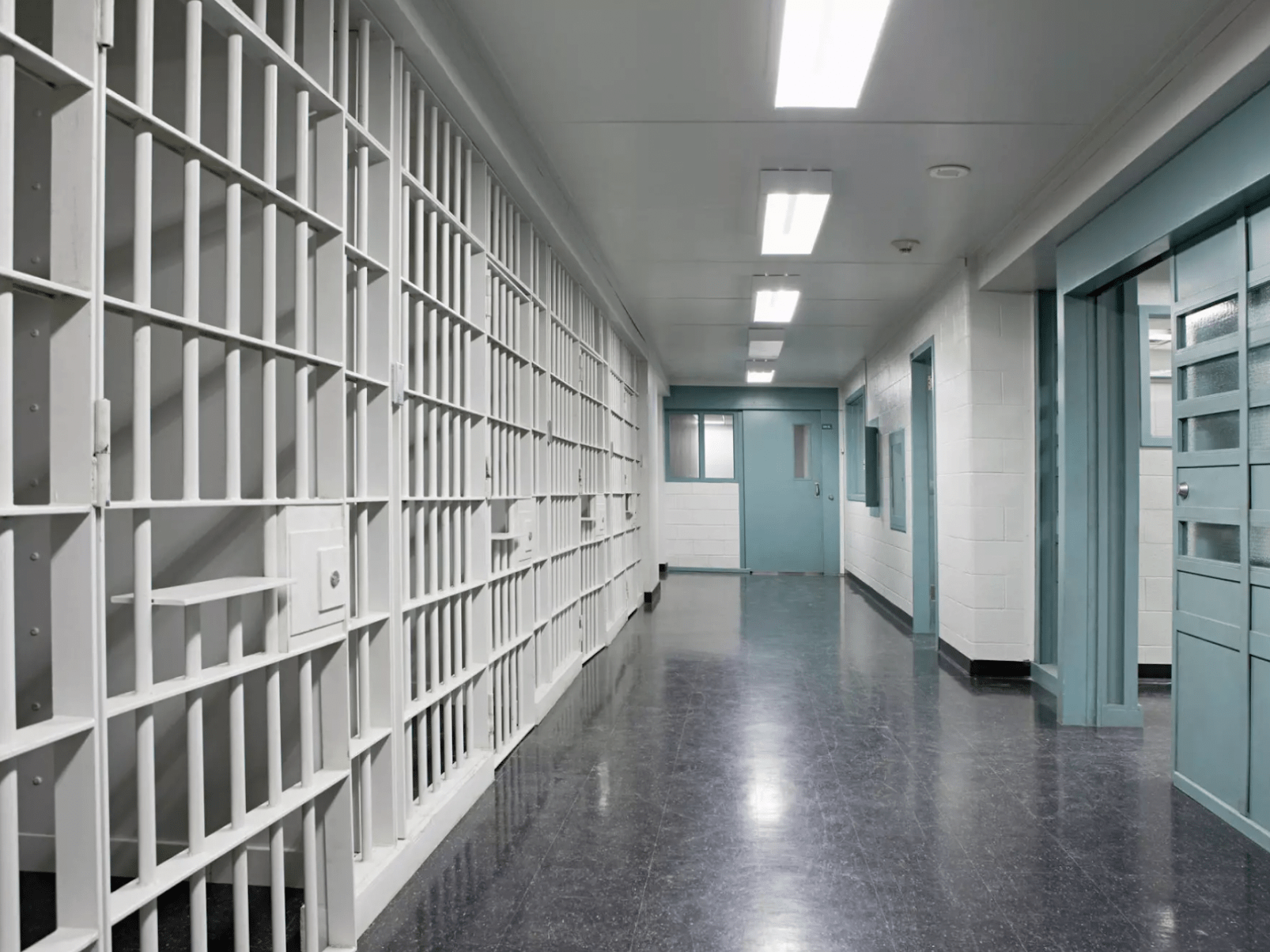The Environmental Hazards of Mass Incarceration

https://www.wusf.org/2019-08-04/we-wouldnt-treat-our-animals-this-way-lack-of-ac-in-record-heat-puts-florida-prisons-to-the-test
Today, almost two million people are held in American jails, prisons, and detention centers, which is more than double the population of San Francisco. Tough-on-crime policies, emblematic of the War on Drugs from the late 20th century, persist to this day, causing issues like prison overcrowding and inadequate medical care as well as the destabilization of marginalized communities. The U.S. locks up five times more people than other developed democracies, even though our crime rates are comparable. Mass incarceration, a term that refers to the extreme increase in incarceration rates, disproportionately impacts Black and Latino communities. Black men are, on average, six times more likely than white men to be incarcerated nationwide; for Latinos, that number is 2.5 times. Because of this, many scholars prefer the term “selective hyper-incarceration” instead of “mass incarceration,” because the increase in incarcerations is concentrated in Black, low-income, inner-city communities. When large percentages of these communities are incarcerated, it disrupts the economic and social stability of these communities, leading to more poverty and crime.
While it is essential to study the impacts on communities, an often overlooked aspect of selective hyper-incarceration is the treatment and living conditions of incarcerated people themselves. These two million people are hidden from the public eye, making them especially vulnerable to be overlooked by regulatory agencies. Prisons are usually built in rural areas, which further isolates them from the rest of society. Furthermore, mainstream American attitudes towards incarcerated people are filled with stigma and fear. They are viewed as a homogenous group of dangerous, irredeemable individuals who are not worthy of taxpayer money. These factors, and more, lead to a bureaucratic failure to protect incarcerated people from environmental hazards.
Thirty-two percent of state and federal prisons are built within three miles of a Superfund cleanup site, which is a site designated by the EPA to be contaminated with hazardous substances that needs to be investigated and cleaned up. To save money, state and federal governments build prisons on the cheapest, most undesirable land, often on or near former industrial sites. This can expose inmates to toxic metals such as mercury, lead, or arsenic from pollutants such as coal dust. These toxins can result in respiratory problems, brain and nervous system damage, liver damage, ulcers, and cancer.
Environmental toxins don’t only come from the air. There have been 1,149 informal actions and 78 formal actions against prisons and jails for violating the Safe Drinking Water Act in the past five years. Inmates have reported water with a brown tint and weird smell. One inmate reported that at the Texas prison in which he was incarcerated, if you put a white washcloth under the tap water for 10-15 minutes, it would turn brown from the contaminants.
The only agency with nationwide oversight of the environmental hazards in prisons is the Environmental Protection Agency (EPA). It also has environmental justice guidelines that require it to consider the effects of its actions on low-income communities of color, who are disproportionately impacted by pollution and other environmental hazards. However, the population data used by the agency does not include prisoners, and this oversight impacts how the EPA does inspections and grants permits for the construction of new prisons.
Additionally, although the Federal Bureau of Prisons is required to consider its environmental impact when proposing the construction of new prisons, they overlook prisoner well-being when making these decisions. Instead, they focus on the local economy and on environmental issues outside of the prison. Prisoner health is rarely mentioned in environmental impact statements by the FBP, allowing prisons to be constructed on or near extremely polluted, toxic lands.
The health hazards faced by incarcerated people are not solely human-made. At Avenal State Prison in California’s Central Valley, valley fever infection rates are dozens of times more common than in neighboring communities. Valley fever is an infection acquired by breathing in a soil-dwelling fungus. Although it has similar symptoms as the common flu, if left untreated it can lead to chronic symptoms and even death. More than 50 California state prisoners have died from valley fever in the past decade. In 2015, the California Department of Corrections and Rehabilitation started providing prisoners the option of taking valley fever immunity tests and transferred the prisoners who were found most vulnerable to prisons with lower rates of infection. However, there are still many who opt out of the testing to avoid the possibility of being transferred in order to stay near family members.
Valley fever infections are expected to increase as the effects of climate change become more intense. Heavy rains followed by long dry periods lead to increased growth of the fungus, which results in higher infection rates. This is just one example of how the climate crisis will worsen toxic conditions for incarcerated people. Prisons are ill-equipped for increasing temperatures as well. In Texas during the summer of 2011, state prisons did not provide air conditioning in the 100+ degree weather, resulting in the deaths of 10 prisoners because of heat stroke. The only solution offered by prison guards was to drink more water, which was also dangerous because the water was contaminated with arsenic. As climate change creates increasingly inhospitable conditions, those on the margins of society will be the most impacted.
People of color account for 61% of the U.S. prison population but only 25% of the total U.S. population. This disparity shows that the problem of toxic environmental conditions in prison is an extension of environmental racism. Environmental racism refers to the placement of pollution and waste-producing sites in communities with high populations of people of color, which, because of selective hyper-incarceration, include prisons. The rights of prisoners are overlooked both culturally and by regulatory agencies. Until this large swath of our population is treated as deserving of safety from pollution, illness, and other environmental health issues, racial discrepancies in environmental safety and health will persist and worsen.


